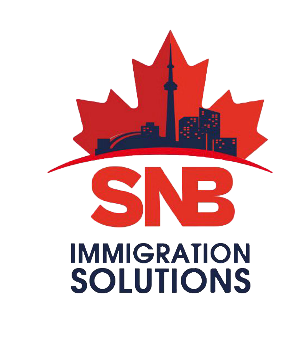Canada has long been a beacon for global talent in the Science, Technology, Engineering, and Mathematics (STEM) sectors. With recent developments, the nation is extending a warmer welcome to STEM professionals, aiming to bolster its economic growth and global competitiveness. This article, authored by Julia Hornstein, provides an overview of Canada’s prominent permanent and temporary residence pathways designed to attract and retain STEM talent.
Express Entry:
The Premier Pathway for Permanent Residence Express Entry stands as the primary gateway through which Canada’s federal government embraces skilled immigrants. Minister of Immigration, Sean Fraser, recently unveiled category-based selection draws, targeting Express Entry candidates with strong French language proficiency or work experience in specific fields, including:
- Science, Technology, Engineering, and Mathematics (STEM)
- Healthcare
- Trades (e.g., carpenters, plumbers, contractors)
- Transport
- Agriculture and agri-food
July 5th marked a historic milestone when IRCC conducted its inaugural STEM category-based draw, inviting 500 STEM professionals to apply for permanent residence. Express Entry draws, both targeted and general, focus on candidates who can bridge labor and job market gaps, thereby advancing economic objectives.
Candidates within the Express Entry pool receive rankings based on the Comprehensive Ranking System (CRS), assessing factors such as age, education, language proficiency, work experience, and more. Meeting IRCC’s requirements for a specific category-based draw is essential for eligibility.
Global Talent Stream Work Permits: Facilitating Tech Talent The Global Talent Stream (GTS) streamlines work permit applications for foreign nationals, particularly in the IT sector. It establishes a remarkable two-week processing standard for highly skilled tech talent. The GTS comprises two categories:
- Category A: For high-growth companies requiring unique specialized talent, endorsed by a designated referral partner.
- Category B: Enabling employers to hire highly skilled workers for occupations listed on the Global Talent Occupations List, addressing specific labor shortages.
STEM professionals often find themselves eligible under Category B, given the prevalence of science, technology, engineering, and mathematics roles. Notably, the GTS extends its reach to Quebec.
Quebec’s Facilitated Processing Stream Work Permits: A Streamlined Approach Quebec employers can engage temporary foreign workers through the Facilitated Processing Stream, targeting select occupations. This process alleviates some customary Labor Impact Assessment (LMIA) requirements, such as advertising the position.
While Quebec employers are exempt from advertising positions, they must fulfill the following:
- Ensure that foreign workers meet educational and experience criteria, aligning with the National Occupational Classification.
- Offer wages on par with Canadian and permanent resident counterparts in the same occupation and region.
- Present a transition plan, which becomes mandatory only for subsequent LMIA applications in the same occupation and location.
Many STEM professions fall within Quebec’s facilitated occupations list, presenting opportunities for international professionals.
New H1-B Open Work Permit Program: Enhancing Opportunities Effective July 16th, 2023, IRCC launches the H1-B open work permit program. While details are forthcoming, eligible H1-B specialty occupation visa holders in the United States will receive streamlined work permits for Canada. These open work permits, spanning up to three years, grant the flexibility to work for various Canadian employers.
IRCC expects this initiative to expand career prospects for skilled workers in the high-tech sector, stimulating North American economic growth. Furthermore, spouses and dependents of eligible applicants can apply for temporary resident visas, study permits, or work permits as needed.
This program remains active for one year or until IRCC receives 10,000 applications. Notably, only principal applicants count toward the application cap, excluding accompanying family members.
In closing, Canada’s multifaceted immigration pathways for STEM professionals illustrate the nation’s commitment to fostering innovation, economic prosperity, and global competitiveness. With diverse opportunities on offer, talented individuals from around the world can contribute to Canada’s thriving STEM landscape, enriching both their careers and the nation’s future.


